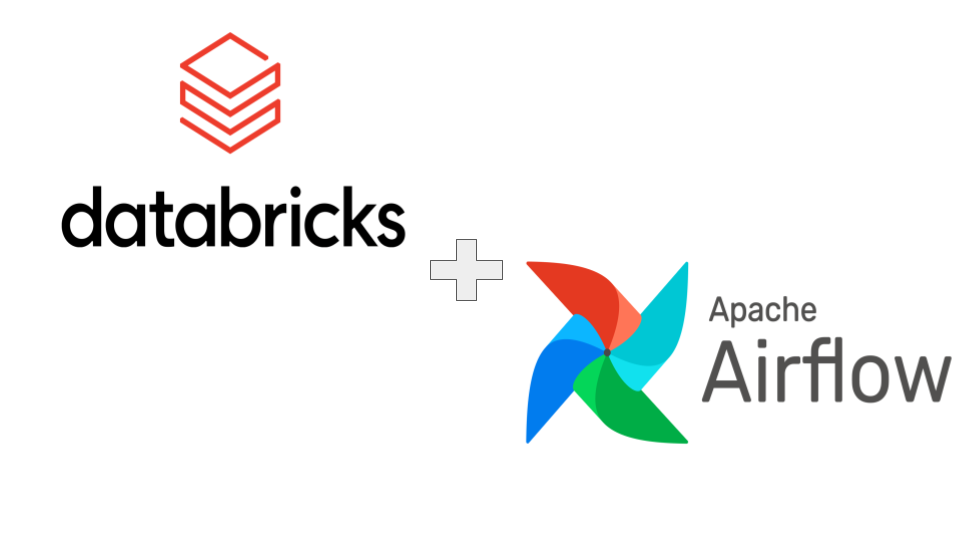
Sometimes I amaze myself. I’ve been using PySpark for a few years now, happily crunching hundreds of TBs of data without much problem. Sure you randomly run into OOM errors and other such nonsense. Usually inspecting the code for something silly, throwing in a persist() or cache() here and there will solve 99% of the problems. I’ve always approached Spark performance with an overly pragmatic approach. Spark being the beast that it is, it’s easy to hide performance problems with more resources etc. I’ve generally tried to stay away from UDF's just using good coding practices and out of the box functionality. Ensuring good predicate pushdown’s, data partitioning etc are all helpful and important. But in the end… I don’t really know much about the out-of-the-box Spark configurations and how they affect performance.
Do the configurations change based on data size and partitioning strategy plus resources and cluster size? Probably. Does that seem complicated to figure out? Yes. Is the internet full of conflicting, vague and confusing advice? Of course.
Read more








